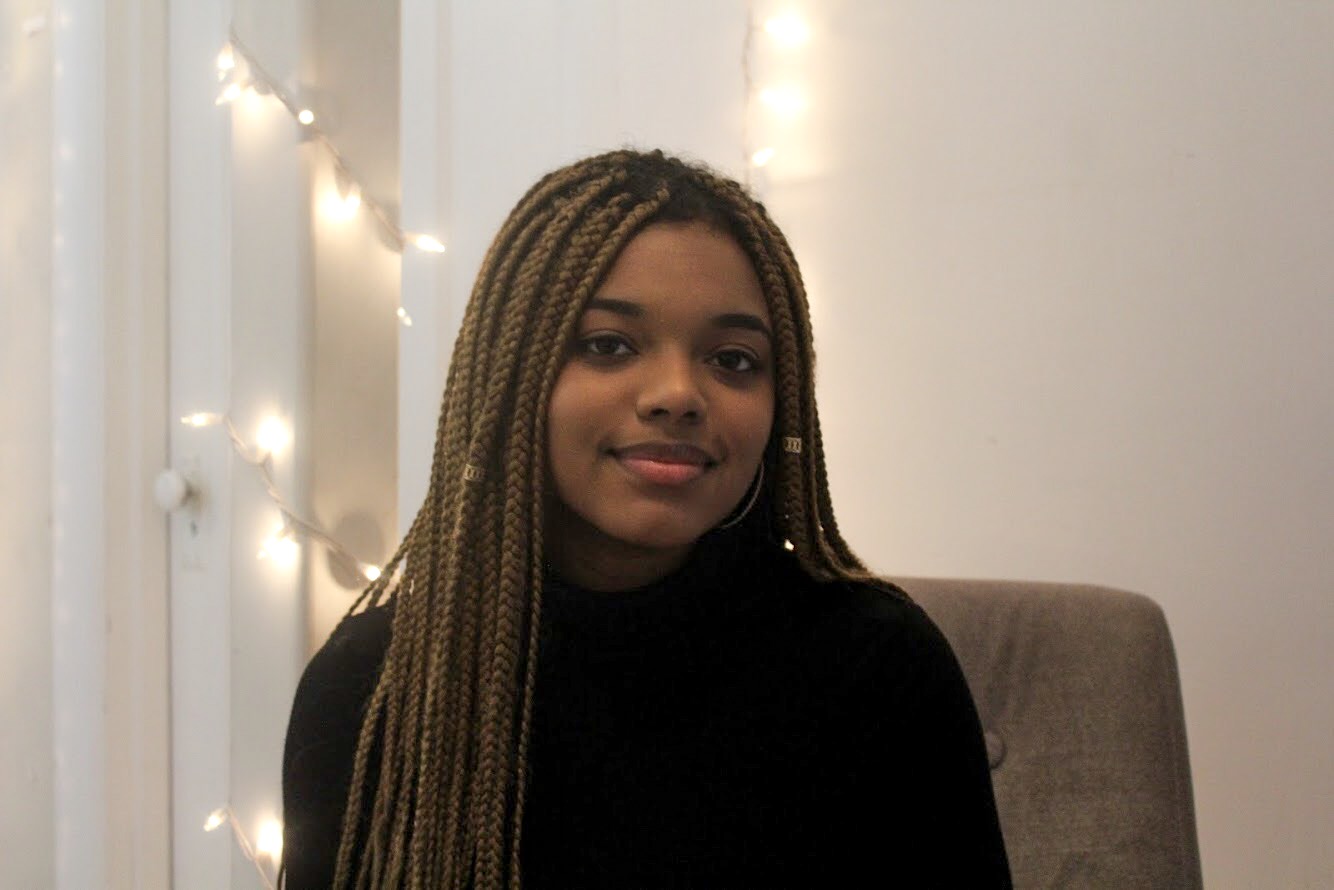How one Concordia student’s internship expanded her political perspective
Second-year Concordia student Elizabeth Tasong had the experience of a lifetime this past summer when she interned at the White House in Washington, D.C. The opportunity was offered to Tasong by her aunt, Omarosa Manigault-Newman.
As a student in the community, public affairs and policy program at Concordia, the opportunity was a fitting one for Tasong. She learned from Omarosa, the former White House director of communications for the office of public liaison, by acting as her personal intern.
A Silver Spring, Md. native and dual citizen of Canada and the United States, Tasong came to Montreal in September 2016, at what she said felt like the “perfect time”. Given that she was considering a career in public service and possibly politics, working at the White House for four months helped Tasong expand her skillset and perspective on politics. “I realized how not black and white politics are,” she said. “They’re very, very grey.”
Working in the White House allowed Tasong to draw her own conclusions about the complexity of current issues. “I found that a lot of people kind of assume that, because it’s Trump, everyone in the White House is on the same page, but it’s the exact opposite,” Tasong said. “Everyone has their own intentions, their own views, their own goals, and they’re completely different. While there are a couple of people at the top who make the big decisions, everyone underneath is on different pages. It’s not just one single ideal, one single belief.”

Tasong was Omarosa’s full-time right hand at the White House from May to August 2017. Her work included a wide range of responsibilities, such as determining negative effects of the proposed 2018 United States federal budget. “Basically, it outlined all of the budget cuts and expenses that they were proposing in all sectors, and essentially I had to go through and see what type of cuts would disproportionally affect communities of colour, LGBTQ, immigrant communities,” Tasong said. “Which was a lot of [the cuts], because they essentially cut the Department of Education and all the other departments, and then increased funding in the Department of Defence and Homeland Security.”
Tasong’s job was always changing, never static. “I found it was a very busy and kind of hectic environment,” she said. “A lot of things were going on at once. There was never just one thing to worry about; it was always multiple things that were a concern.”
Other than working solely on projects like the proposed budget, Tasong’s time was spent helping Omarosa with her notes, preparing her for interviews and organizing events. “It was a very at the snap of a finger, you just have to roll with the punches type of environment.”
Omarosa herself was responsible for all media, newspaper, radio and television requests that related to the employees in the Office of Public Liaison, a unit of the White House Office within the Executive Office of the President that communicates with associated interest groups. Omarosa resigned from her position in January 2018. “My job was really important because our office was the front door of the White House,” Omarosa told The Concordian. “So communication was imperative—to first communicate their concerns to the president, and then to communicate the president’s response to those constituents.”
Omarosa’s duties mainly involved working with vast amounts of groups and communities in the United States, where the relationship between each one and the White House varied considerably. “It depended on who wanted what when,” Omarosa explained. “If I was dealing with the National Black Police Organization, the African American Veterans Association, the African American Faith Community, it was fine. There were other areas that were very tense, like working with Congressional Black Caucus members or the National Association of Black Journalists, for instance. Those were very tense.”
As the only African-American senior staffer in the administration, Omarosa’s relationship with the black community was exceedingly publicized. “It just depended on the group; it wasn’t a blanket relationship with just a monolithic African-American community,” she said. “There are so many different dynamic aspects of the community that I worked with.”
Omarosa said she viewed her position at the White House as only a one-year commitment and the “springboard” for more to come in her career. “As amazing as it was, this was the second time I had worked in the White House. First for Bill Clinton, then for Donald Trump. It was an honour to serve my country,” she said. “But my service to my country does not stop at 1600 Pennsylvania Ave.”
Along with her new insight on the many different beliefs and objectives within the White House, Tasong has noticed some differences in the political landscapes of Canada and the United States. “I find that Canadian politics are much simpler,” she said, describing concerns in Canadian politics as “miniscule” compared to those in the United States.
“We have to come together as a nation. We have to identify the things that we have in common as opposed to our differences,” Omarosa said. “Our nation is operating under a notion: one nation under God. And so that one nation has to be the United States of America, and not the divided states of America.”
Feature photo by Alex Hutchins




